What Is Sodium Methyl Cocoyl Taurate? Is It Skin-Safe?
Get your facts right before including this skin-friendly ingredient in your haircare regimen.
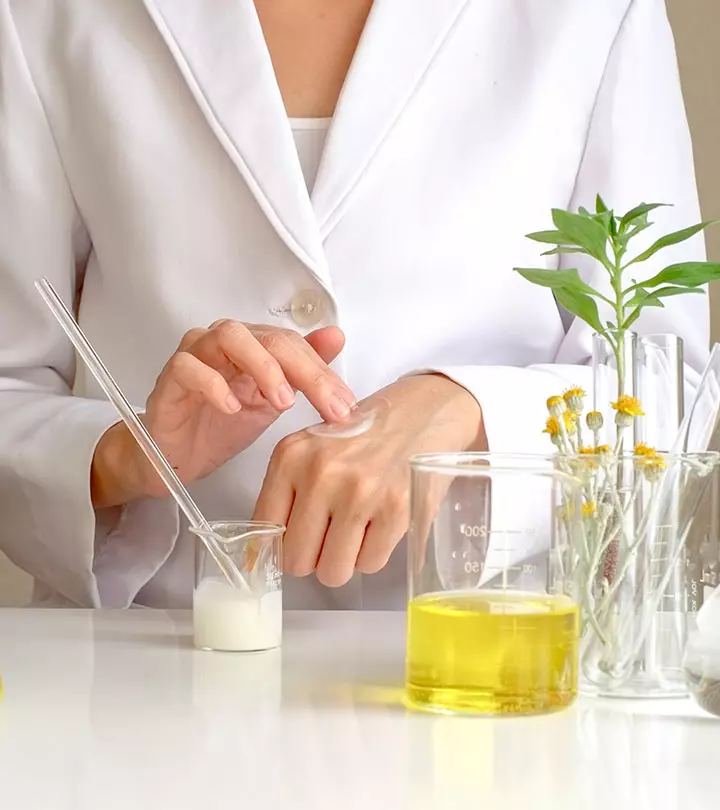
Image: Shutterstock
Sodium methyl cocoyl taurate is a surfactant derived from coconuts. This natural and biodegradable ingredient is milder than other surfactants (like sulfates). You can use sodium methyl cocoyl taurate products for skin issues in adults and babies. It helps improve the skin texture and keeps it soft and smooth. This article explores the various benefits and safety of this ingredient. Keep reading to learn more.
 Know Your Ingredient: Sodium Methyl Cocoyl Taurate
Know Your Ingredient: Sodium Methyl Cocoyl TaurateWhat Is It?
A mild surfactant, made from the coconut fatty acid N-methyltaurine, used in skin care.
What Are Its Benefits?
Cleanses the skin without drying it, improves product absorption in skin, prevents inflammation, and strengthens the skin barrier.
Who Can Use It?
Suitable for both adults and children and all skin types.
How Often?
Can be used daily or as recommended on the product or a dermatologist.
Caution
It may cause eye irritation and skin rash.
In This Article
What Is Sodium Methyl Cocoyl Taurate?
Sodium methyl cocoyl taurate is a mild surfactant derived from coconut.
It is white and has a paste-like consistency. It is found in many skin and hair care products like cleansers and shampoos (rinse-off products), including baby products. However, it is also used in leave-on products like foundations and face powders and other products like mouthwashes and breath fresheners (1).
Since sodium methyl cocoyl taurate is biodegradable, it breaks down more easily in nature, reducing the negative impact on aquatic ecosystems. Unlike many traditional surfactants, it doesn’t remain in water sources, which makes it a greener option for eco-conscious consumers. Choosing products with biodegradable ingredients like this one supports a lower environmental impact and cleaner waterways.
According to Dr. Sandra El Hajj, Founder & President of The American Preventive Health Organization, “Sodium methyl cocoyl taurate or SMCT is the best alternative to harsh silicones and is safe for use due to its minimal side effects.”
Board-certified dermatologist Dr. Ahmad Chaudhry, MD, says, “ Sodium methyl cocoyl taurate is mild, less potent, and does not alter the skin pH. As a result, it is suitable for people with sensitive skin.” This ingredient has numerous benefits. Let’s take a look.
Key Takeaways
- Sodium methyl cocoyl taurate is a surfactant or wetting agent derived from coconut.
- It is a biodegradable, mild, and naturally obtained ingredient.
- So, it doesn’t alter the skin’s natural pH and moisture balance when used in beauty cosmetics.
- It is commonly used as a natural substitute for sulfate in many skincare and haircare products.
What Does It Do?

- Taurates like sodium methyl cocoyl taurate are mild anionic surfactants. They are commonly used in sulfate-free shampoos to cleanse the scalp without drying as they have a chemically stable pH (2).
- Sodium methyl cocoyl taurate can enhance the penetration of other ingredients in the skin (1).
- Taurine surfactants may also exhibit antioxidant properties, regulate inflammatory responses, and enhance the skin barrier function (3).
- Since it is a non-drying cleanser, it can keep the skin soft and moisturized after use. It is also said to be safe non-irritating, moisturizing, and gentle for sensitive skin.
 Trivia?
Trivia?The use of sodium lauryl sulfate for skin is more widespread but it can sometimes be irritating, especially for sensitive skin. This is why many now turn to alternatives like sodium methyl cocoyl taurate. There are two ways to prepare sodium methyl cocoyl taurate. Find out in the next section.
How Is Sodium Methyl Cocoyl Taurate Made?
Method 1
- SMCT is prepared by dissolving N-methyl taurine (a coconut fatty acid amide) in a blend of sodium hydrate, isopropyl alcohol, and water.
- A mixture of lauric acid, sodium chloride, and sodium hydrate is added to the solution.
- A solution of calcium chloride and hydrochloric acid is added to the blend.
The mixture is then refined, strained, and dried, forming a whitish powdery substance.
It can also be found as a solution mixed with water and sodium chloride (1).
Method 2
- In this method, coconut fatty acid amide – N-methyl taurine, sodium methyl taurate solution, and boric acid are heated at 200° C.
- It is then distilled in water and stirred at lower heat and pressure levels.
- The mixture is cooled down to form a wax-like substance that is powdered.
Sodium methyl cocoyl taurate is added to almost all skin care and hair care products.
Here are some of the products you can find this mild surfactant in.
What Products Is It Commonly Found In?
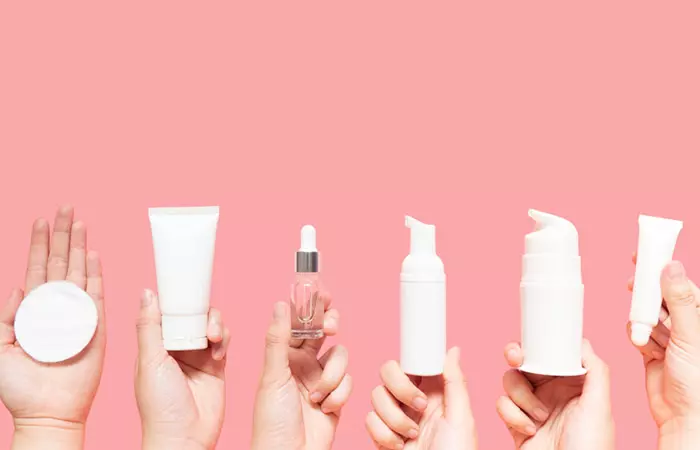
- Face washes
- Low pH anti-acne products
- Shampoos
- Body washes
- Face masks
- Toothpastes
- Liquid soaps
- Bubble bath soaps
- Skin creams
- Skin lotions
- Baby care products
- Oral products
 Did You Know?
Did You Know?This mild surfactant is used in different concentrations, based on the product formulation. But how much of it can be used in skin care products? Let us find out.
Safe Concentration In Skin Care Products
According to the Cosmetics Ingredient Review (CIR), sodium methyl cocoyl taurate (SMCT) is safe for use at concentrations of up to 10%. The CIR conducted various tests to conclude that SMCT showed negative results in terms of skin irritation, thereby marking it safe for use in cosmetics that have a non-irritating formula (5). It is often used at a concentration of 13% in rinse-off foot products and is reportedly used at concentrations of up to 1% in products that may be sprayed. For direct application products, such as face powders, it is present at concentrations of up to 6% and up to 11% in leave-in products.
Although sodium methyl cocoyl taurate is mostly considered safe, it may cause adverse reactions.
Is It Safe For The Skin?

Sodium methyl cocoyl taurate may cause (1):
- Redness and skin rash (erythema)
- Eye irritation
Hence, always do a patch test before using products with sodium methyl cocoyl taurate.
Sodium methyl cocoyl taurate is a mild, hydrating, natural, and biodegradable surfactant. People use sodium methyl cocoyl taurate for skin care issues in adults and infants due to its mild nature. It helps keep your skin smooth and soft without drying. It can also improve the absorption of other ingredients into the skin. You can find this ingredient in face washes, lotions, shampoos, skin creams, baby care and personal care products for its emulsifying properties. However, it may cause side effects like redness and irritation in some. So, do a patch test to avoid these reactions.
Frequently Asked Questions
Is sodium methyl cocoyl taurate safe during pregnancy?
There is not much information or research available about using sodium methyl cocoyl taurate when pregnant or breastfeeding. Even though sodium methyl cocoyl taurate is generally thought to be safe, it can induce adverse effects. To avoid these reactions, perform a patch test.
Is sodium methyl cocoyl taurate the same as SLS?
No. Sodium methyl cocoyl taurate is a prominent substitute that is used by companies for SLS. It is a gentle, long-lasting surfactant with excellent foaming properties but no irritating properties.
What is the other name for sodium methyl cocoyl taurate?
The other names for sodium methyl cocoyl taurate are sodium formyl taurine and sodium methyl cocoyl taurine.
Is sodium methyl cocoyl taurate safe for fungal acne?
No, anecdotal evidence suggests that sodium methyl cocoyl taurate is not safe for fungal acne as it contains fatty acids that may trigger it. However, there are no relevant studies to support this claim.
Is sodium methyl cocoyl taurate vegan and cruelty-free?
Yes, sodium methyl cocoyl taurate is vegan and cruelty-free as it is made from all-natural plant-based ingredients like coconut. Also, no animals are known to be harmed in its making.
Infographic: The 411 On Sodium Methyl Cocoyl Taurate
Sodium methyl cocoyl taurate is a mild, coconut-derived surfactant that quietly works its magic to cleanse, hydrate, and protect your skin. Suitable for all skin types, it is the unsung hero that delivers all the benefits without the harshness. If you are curious to know more, check out the infographic below to learn all about this remarkable ingredient!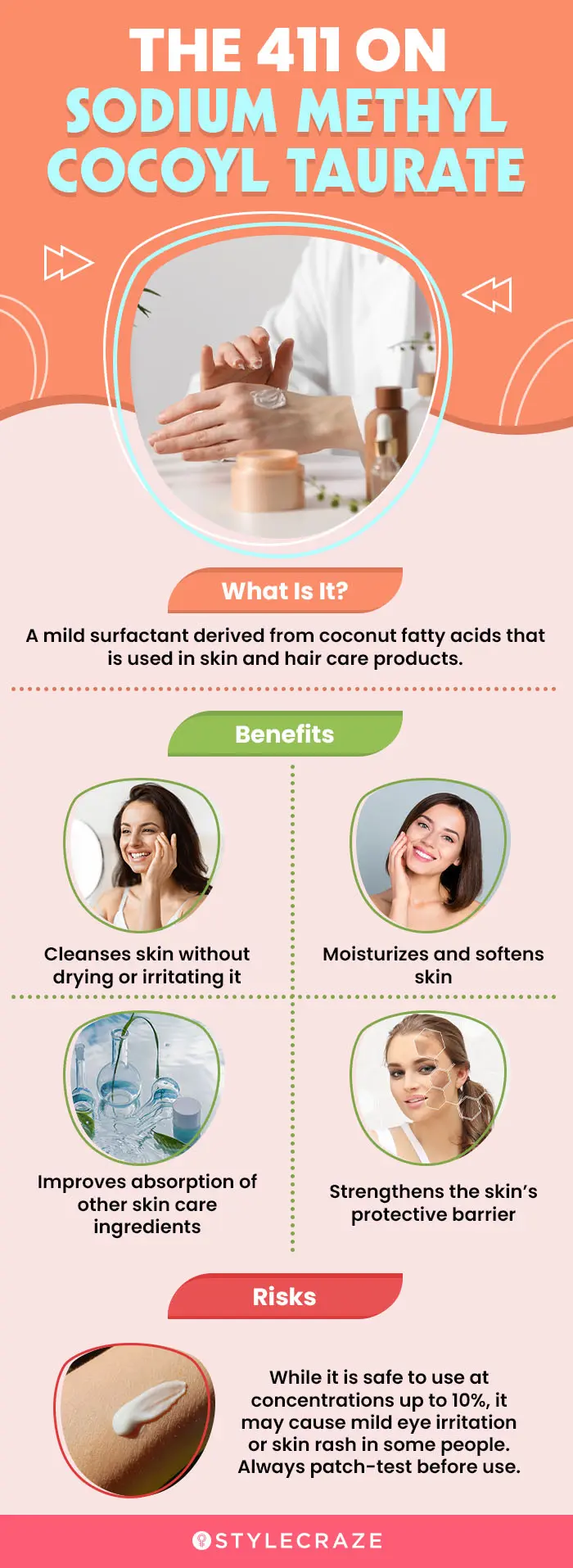
Illustration: StyleCraze Design Team
References
Articles on StyleCraze are backed by verified information from peer-reviewed and academic research papers, reputed organizations, research institutions, and medical associations to ensure accuracy and relevance. Read our editorial policy to learn more.
- Safety Assessment of Alkyl Taurate Amides and Taurate Salts as Used in Cosmetics
https://www.cir-safety.org/sites/default/files/taurat122015FR.pdf - A Review of Shampoo Surfactant Technology: Consumer Benefits, Raw Materials and Recent Developments
https://onlinelibrary.wiley.com/doi/10.1111/ics.12439 - Compositions Comprising Taurate Surfactants and Methods of Using the Compositions
https://patentimages.storage.googleapis.com/93/25/38/332c18b701b95e/WO2018125033A1.pdf - Whole Body Cleansing Agent Containing N-Acyltaurate
https://ntrs.nasa.gov/api/citations/19920019894/downloads/19920019894.pdf - Safety Assessment of Alkyl Taurate Amides and Taurate Salts as Used in Cosmetics
https://www.cir-safety.org/sites/default/files/taurat122015FR.pdf
Read full bio of Dr. Enrizza Factor
Read full bio of Anjali Sayee
Read full bio of Ramona Sinha
Read full bio of Monomita Chakraborty









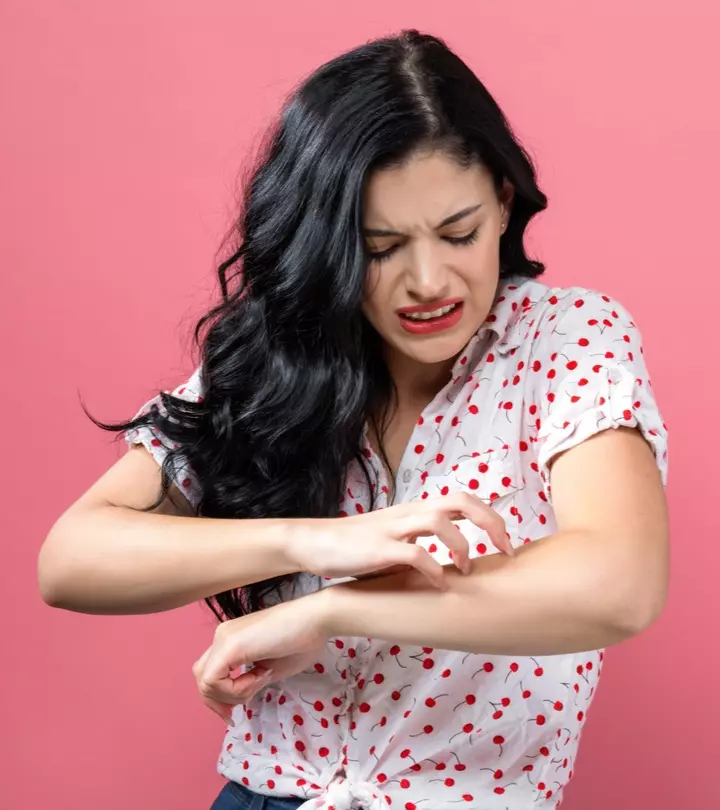
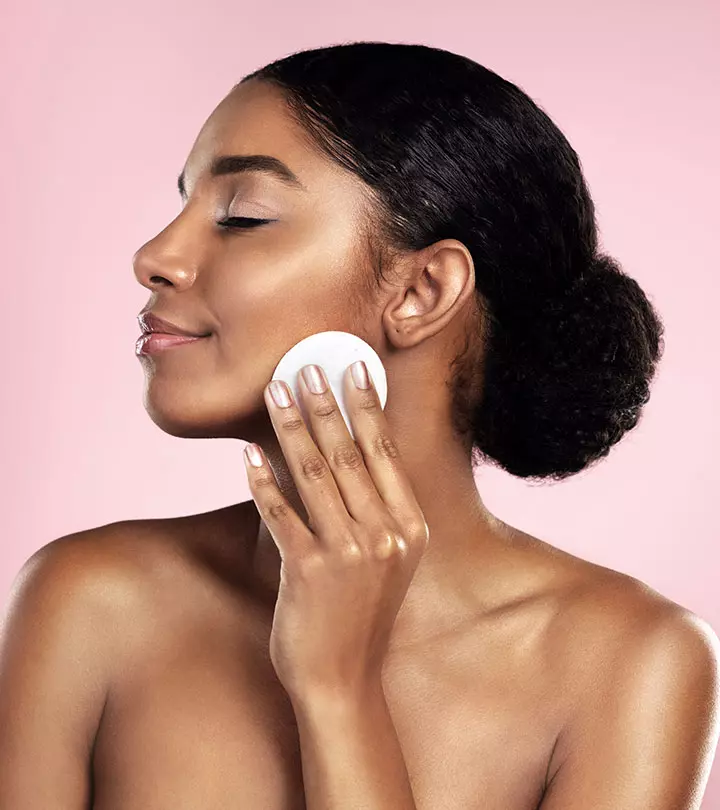


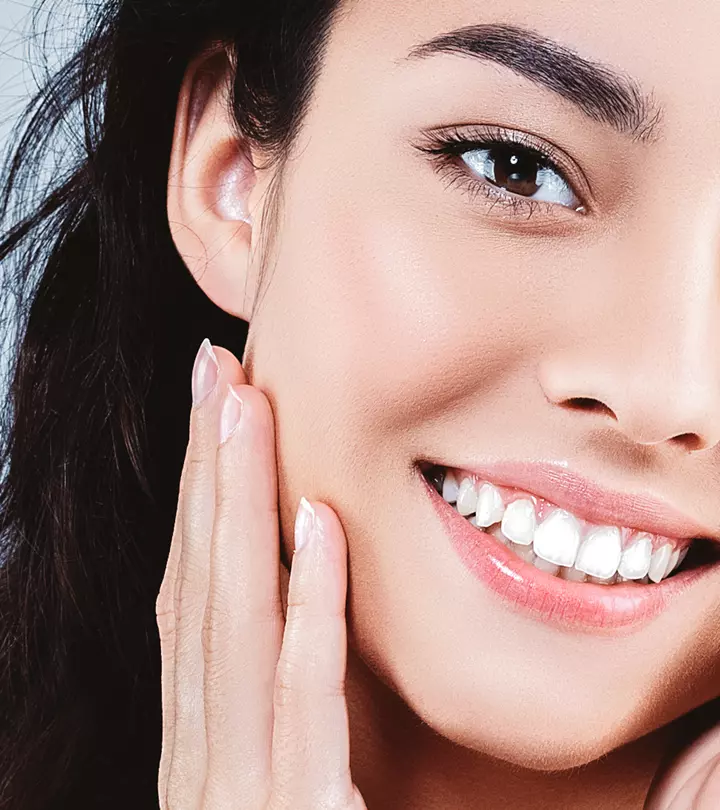
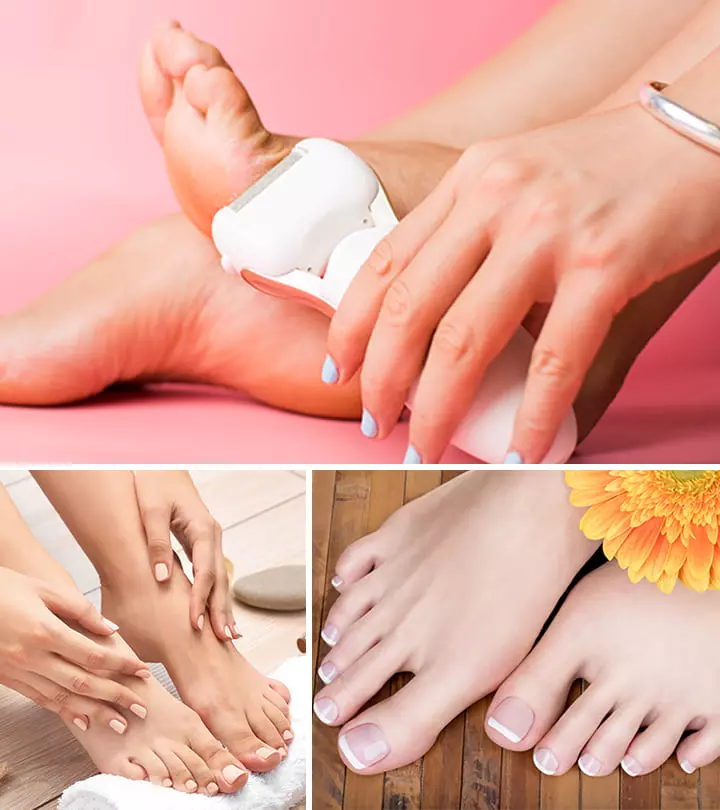





Community Experiences
Join the conversation and become a part of our empowering community! Share your stories, experiences, and insights to connect with other beauty, lifestyle, and health enthusiasts.